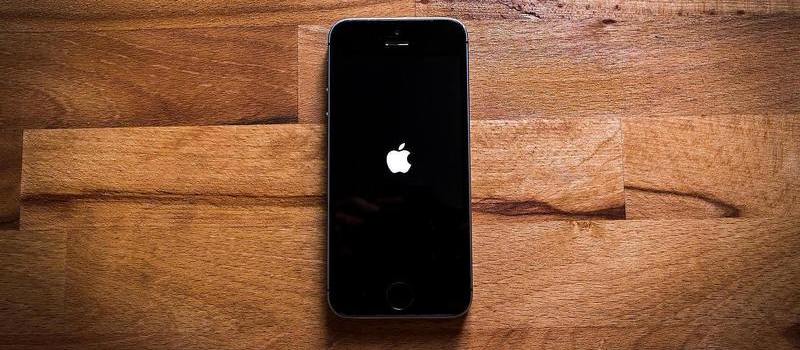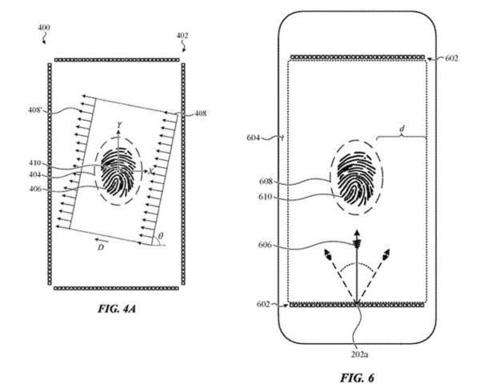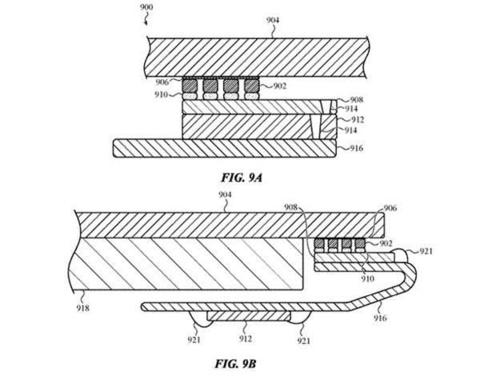When the iPhone X was launched Apple replace the Touch-ID module with the Face-ID. This change meant that there was no need to physically touch the device in order to unlock it. But people who were accustomed to fingerprint sensors since a long time didn’t welcome the change fully!
Although safe, fast and convenient, the Face ID was not perfect. There are some imperfections and flaws in it. For example, when you need your phone to unlock in your pocket, the Face ID is not as friendly as your fingerprint. You can easily do an unlock motion when taking your phone out from your pocket if it comes equipped with a fingerprint sensor.
However, two patents show that Apple might be on their way to restore touch ID while also maintaining the appearance of the iPhone XS-style design.
On Tuesday, the US Patent and Trademark Office approved one of the patents, called “Input Surface Biometric Imaging Methods.”
Briefly, it effectively describes an acoustic imaging system for surfaces that vibrates the surface in a specific way by using a combined acoustic transducer that effectively turns the entire display into a fingerprint reader. When the sound wave emitted by the sensor comes into contact with the fingerprint, the way the sound wave passes through the surface is changed and the reflection disappears. The image parser then creates a complete fingerprint image based on the collected electrical signal.
The next step after this is simple. After the image parser generates the fingerprint image, it compares it with the information previously entered by the device owner during registration.
In this patent, Apple added how to filter the electrical signal before and after the waveform is generated. The ramp filter for the image parser uses a “basic plane wavefront” to direct the pulse to a specific area of ??the display, along a specific angle. The pilot pulse maximises the detection rate.
Other elements include the use of touch input sensors to identify areas where the user presses the screen with their finger for quick scanning without having to wait for the entire display to be activated.
The second patent, titled “Sonic Space Demodulation Acoustic Imaging System” covers the same field with a similar technique. But it involves more details about transducer placement. Two sets of transducers were placed in contact with the surface, with the first set deformed by waves and the second set deformed.
Apple submits a humongous number of patents to the approval departments each week. Not a lot of them are really interesting or make their way into future Apple products. But this one really caught our eye as this might be in the future iPhones.
On the surface this sounds better than Samsung’s implementation of the Ultrasonic fingerprint sensor in their Samsung Galaxy S10 phone. If and when an iPhone is launched with an enhanced Touch-ID we surely hope it’s a full screen solution like this patent promises. And this is not the first time Apple has revealed plans for making an acoustic-based full-screen fingerprint sensor. In February of this year, it obtained the patent “Sound Pulse Coding for Input Device Imaging”.
So something is definitely cooking at Apple! Is this what we are hoping for? Only time will tell! What do you think about this? Do let us know in the comments section below!
Keep visiting for more such awesome posts, internet tips, gadget reviews, and remember we cover,
“Everything under the Sun!”
Follow Inspire2rise on Twitter. | Follow Inspire2rise on Facebook. | Follow Inspire2rise on YouTube.




